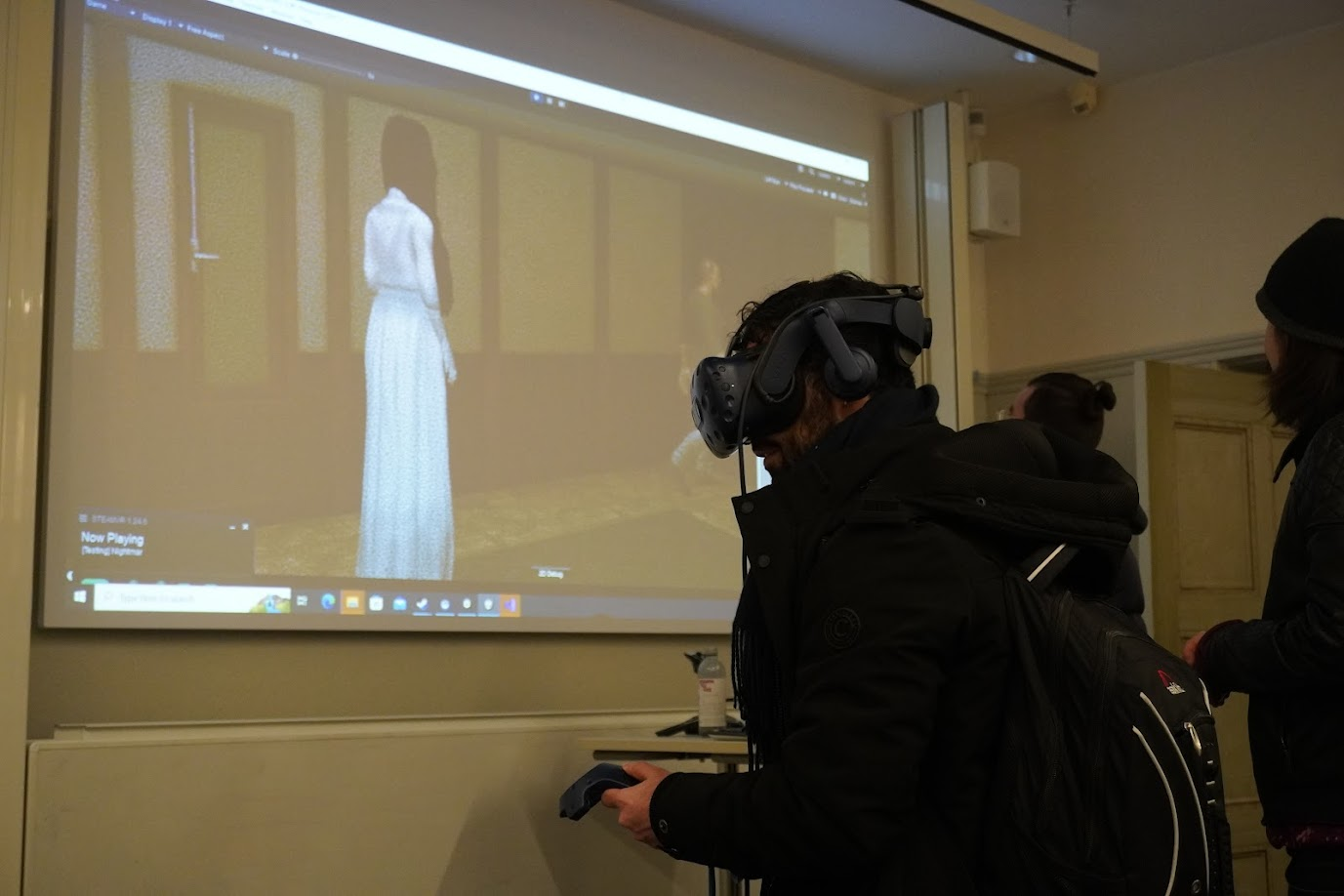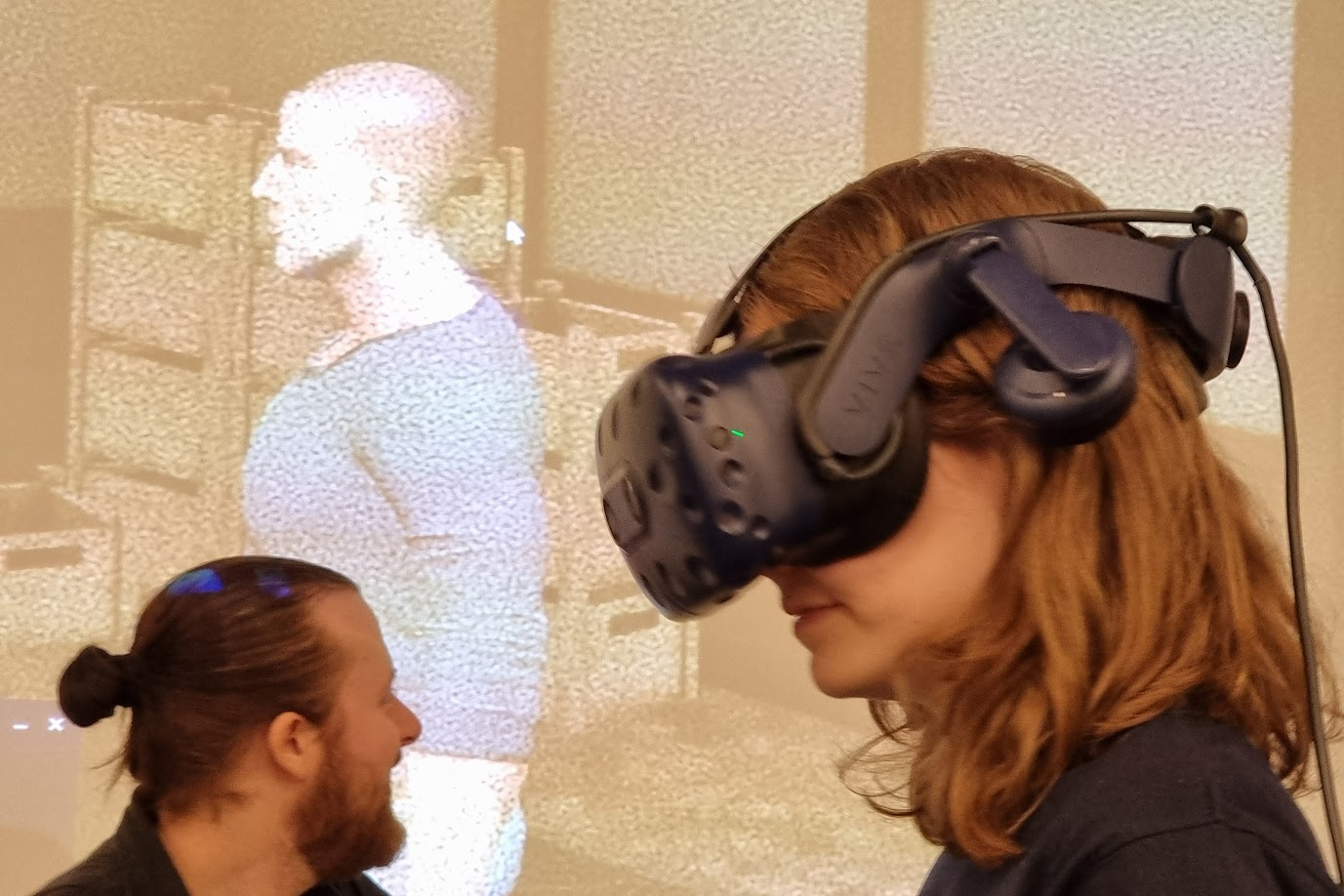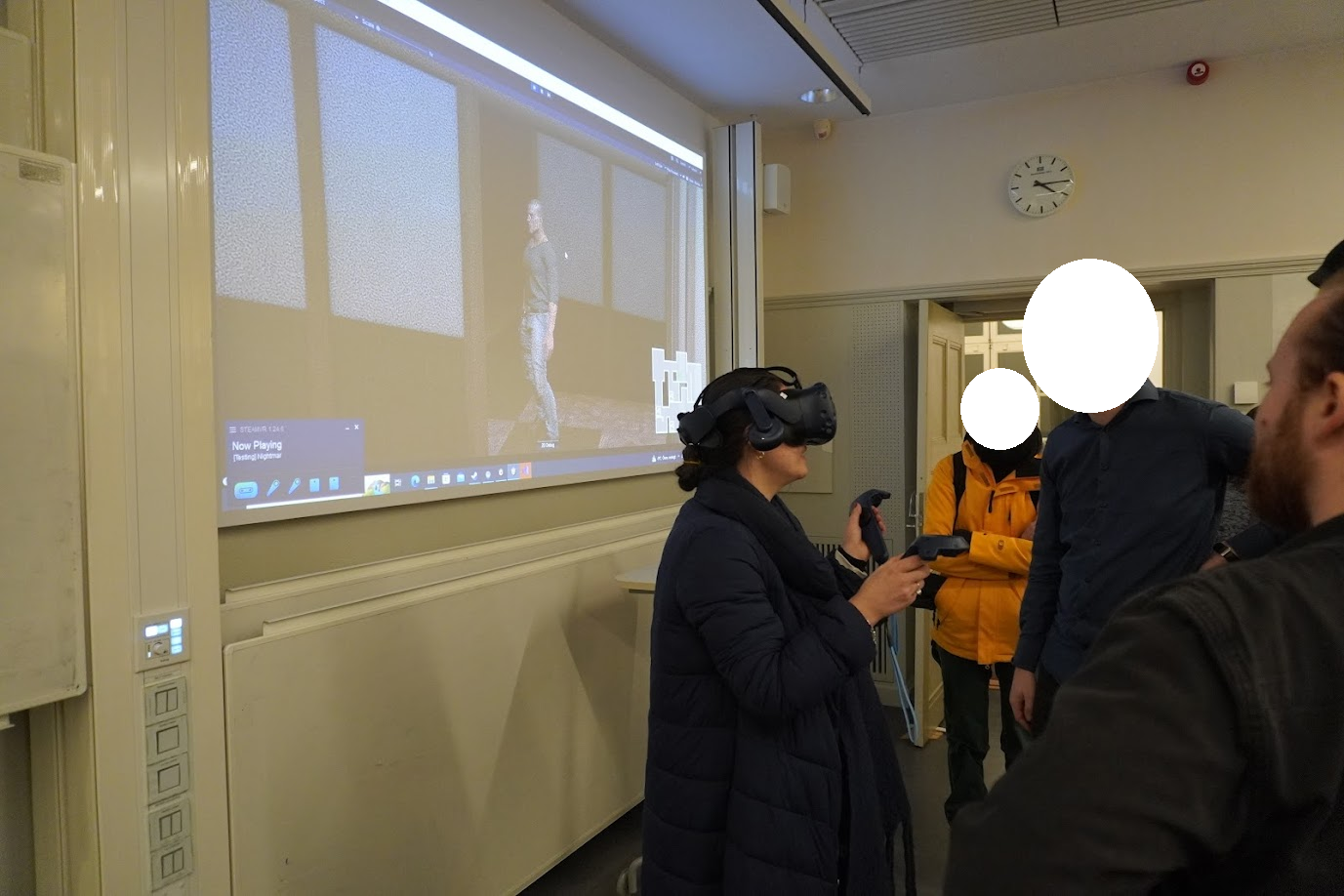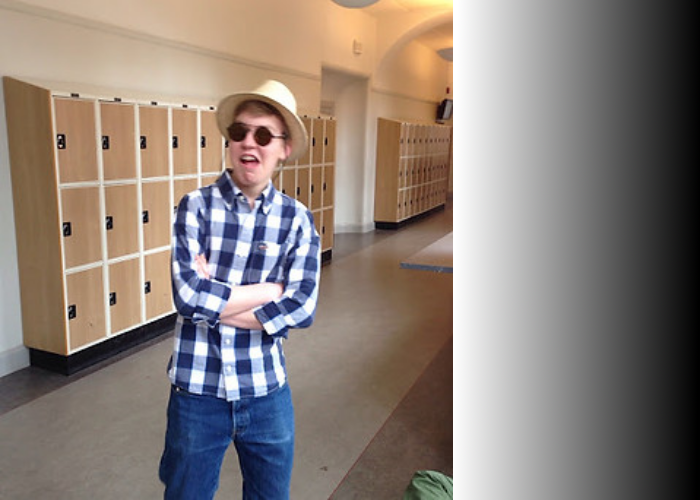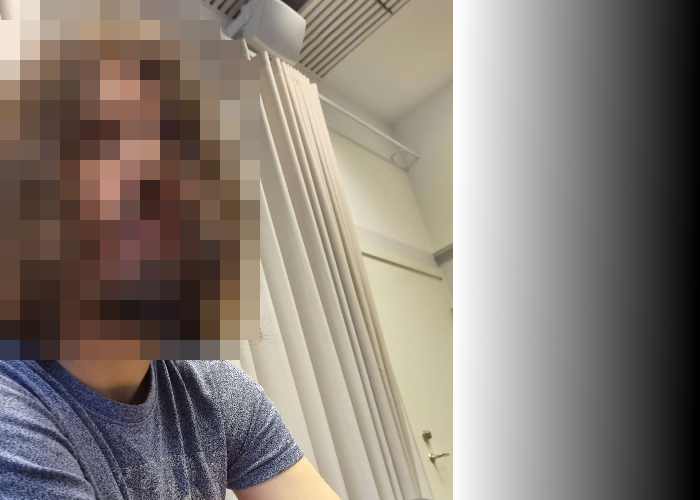Nightmar
Are you ready to face your fears and unravel the mysteries of the haunted Nightmar house? In this immersive VR game, you are trapped inside a haunted house and must find four keys to escape. But beware, a terrifying creature is hunting you down. Spectators can join in on the thrill by watching the game through a security camera-like view, switching between four different cameras for a unique perspective. Will you be the one to escape the nightmare or will you become the creature's next victim? Play Nightmar and find out.

